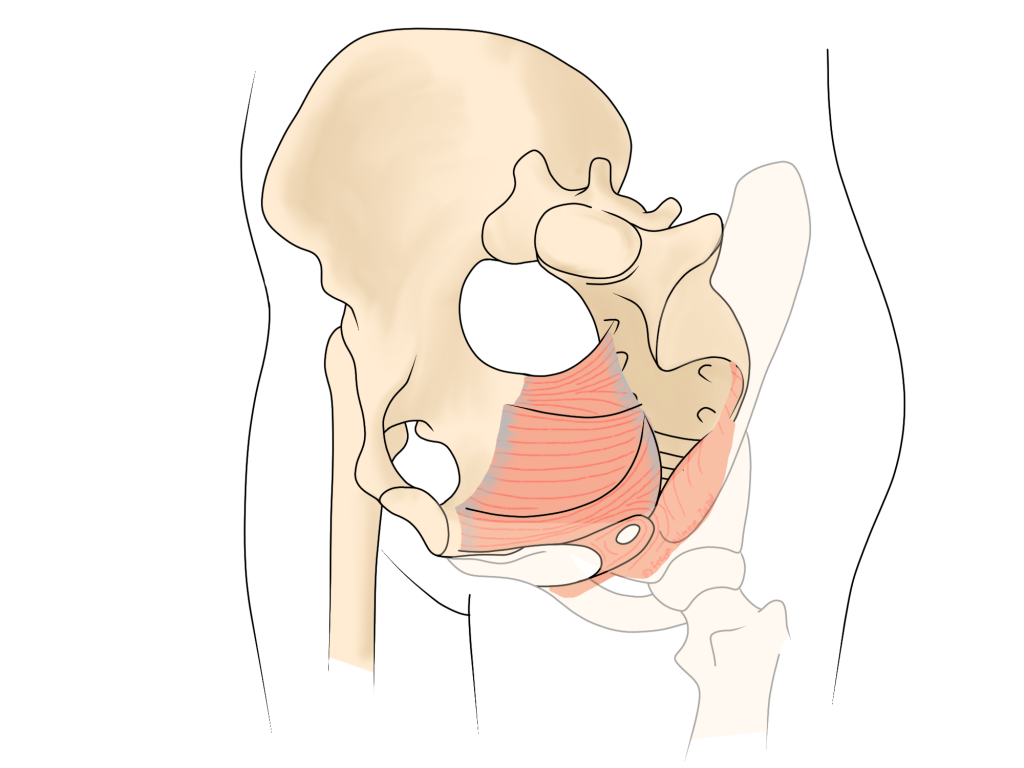The pelvic floor is a sling of muscles at the base of the pelvis: both men and women have these. These muscles are responsible for supporting the contents of the pelvis, and supporting bladder and bowel continence.
Prenatal and Postpartum Care
Although there is a lot of emphasis on strengthening the pelvic floor after giving birth, the demands have really been and gone by this point, so the approach is focusing on cure rather than prevention. The main stress on the pelvic floor in this season of life is the growing weight of the uterus and its contents on the sling of muscles more than birth. Mothers who have caesareans are prone to incontinence and prolapse in the same way that those who have a vaginal birth are. Of course a vaginal birth places stress on the muscles of the pelvic floor too, especially if there is any tearing or an episiotomy. But if we were looking at any other muscle group, about to undergo nine months of constant, increasing demand, we would be inclined to prepare and strengthen it.
A weak pelvic floor is more prone to pelvic organ prolapse, issues of incontinence, and pain.

Exercises
Therefore, it’s never too early to start a pelvic floor strengthening routine, and it doesn’t need to be difficult. The NHS has a simple routine to follow on their website:
- Squeeze and draw in your bottom as if you’re holding in wind.
- Squeeze around your vagina and bladder (urethra) as if you’re stopping the flow of urine or squeezing during intercourse.
- Long squeezes – hold for as long as you can, but no longer than 10 seconds, then relax.
- Short squeezes – quickly squeeze the muscles and then let them go immediately. Do this until your muscles get tired.
They recommend that you build up to 10 reps, three times a day. Be sure to keep breathing normally while doing the exercises, and make sure when you relax, the muscles relax all the way.
Stress and the Pelvic Floor
Like some people hold stress in their tummy or shoulders, some hold it in their pelvic floor. This can be associated with clearer symptoms of tension, like both incontinence and difficulty in starting the flow of urine on the loo. There may be local pain or discomfort in the muscles, or it may be felt more into the legs.
Pelvic floor dysfunction is also a consideration when diagnosing lower back pain. The pelvic muscles attach to the coccyx (tailbone) and sacrum (base of the spine). Muscle tension or imbalance can place tension on the nearby joints or encourage tension through other muscle groups, causing buttock and back pain. Treating the back itself may help here, but resolving the root cause is key to long term management.
Treatment for the Pelvic Floor
Some osteopaths have undergone additional training to perform internal techniques for the pelvic floor, but often the muscles will respond to less invasive techniques. Active techniques and exercises to engage and stretch the muscles from a distance can be effective, especially when you can continue the progress at home between appointments.
For weakness, the exercises mentioned above can be useful, especially when paired with other exercise to target any other problem areas. The pelvic muscles may be compensating for weakness in the buttocks, back, or legs, and strengthening them all may be the solution in your case.
Make an appointment in Alsager via 077 7593 1609


